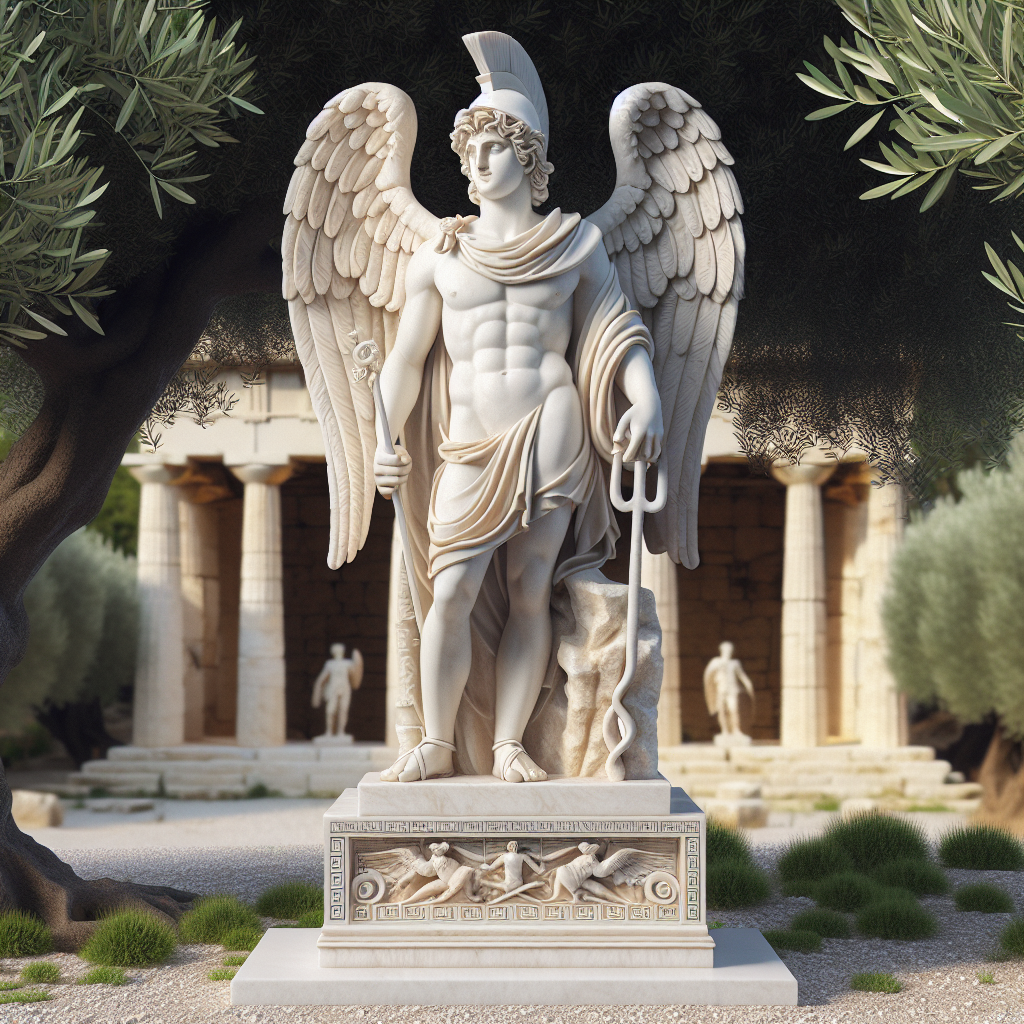Archaeologists Unearth Pristine Hermes Statue in Ancient Roman Sewer
Bulgarian archaeologists discovered a well-preserved, marble statue of the Greek god Hermes in an ancient Roman sewer at Heraclea Sintica. The statue, which dates back to ancient times and was carefully preserved after an earthquake in A.D. 388, remains in excellent condition.

In a remarkable archaeological find, Bulgarian experts have unearthed a well-preserved marble statue of the Greek god Hermes. The statue was hidden in an ancient Roman sewer in Heraclea Sintica, a historic city close to the Greek border.
Lead archaeologist Lyudmil Vagalinski revealed that the 6.8-foot tall figure, dating to around A.D. 388, survived in such good condition due to its careful placement and burial following a devastating earthquake. Despite some fractures on its hands, the Hermes statue remains in impressive condition.
This site, founded by Macedonian king Philip II, harbored a rich history, including efforts to preserve the statue even after the adoption of Christianity. The excavation sheds new light on the cultural interplay and resilience of ancient civilizations.
(With inputs from agencies.)










